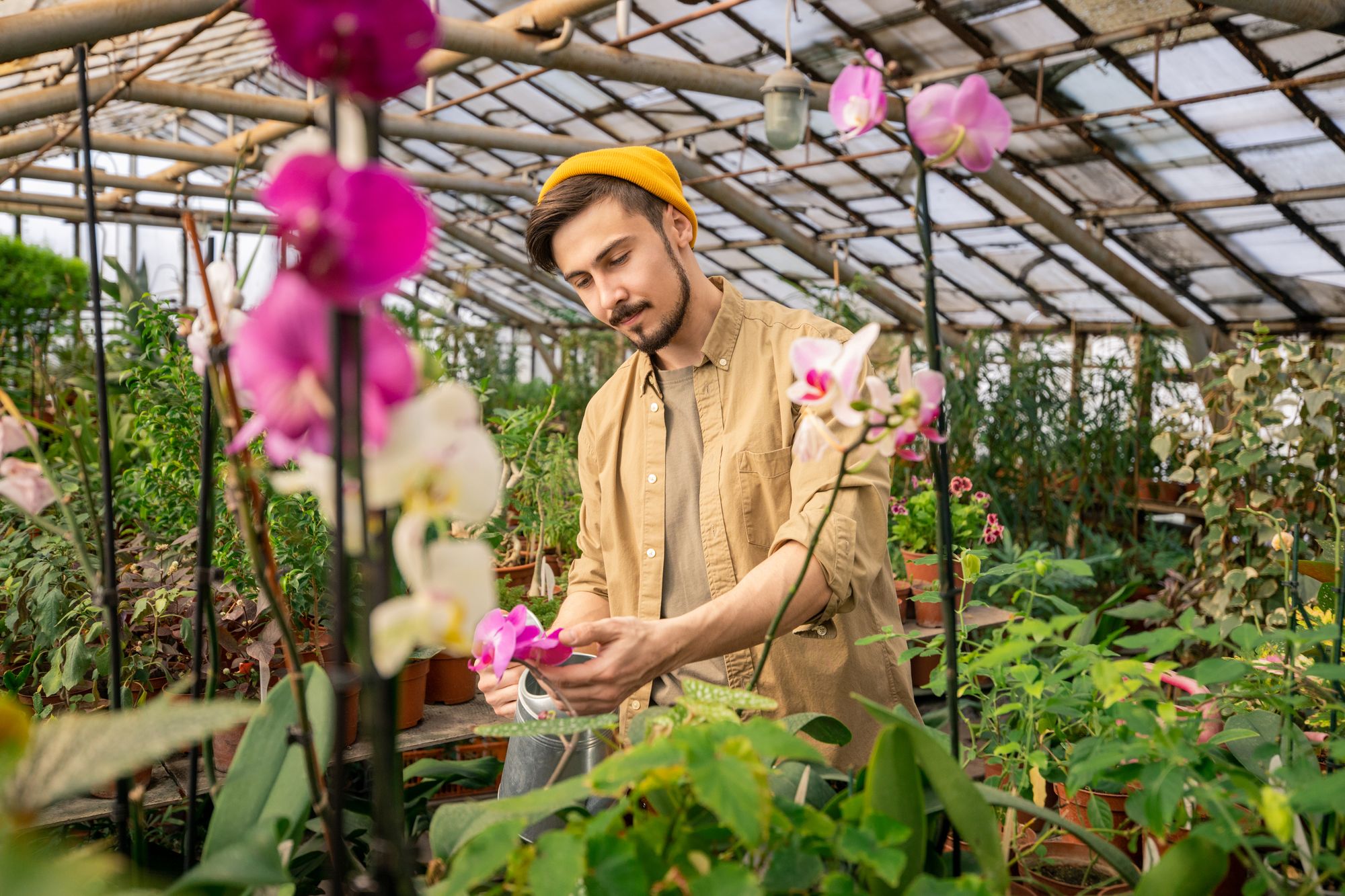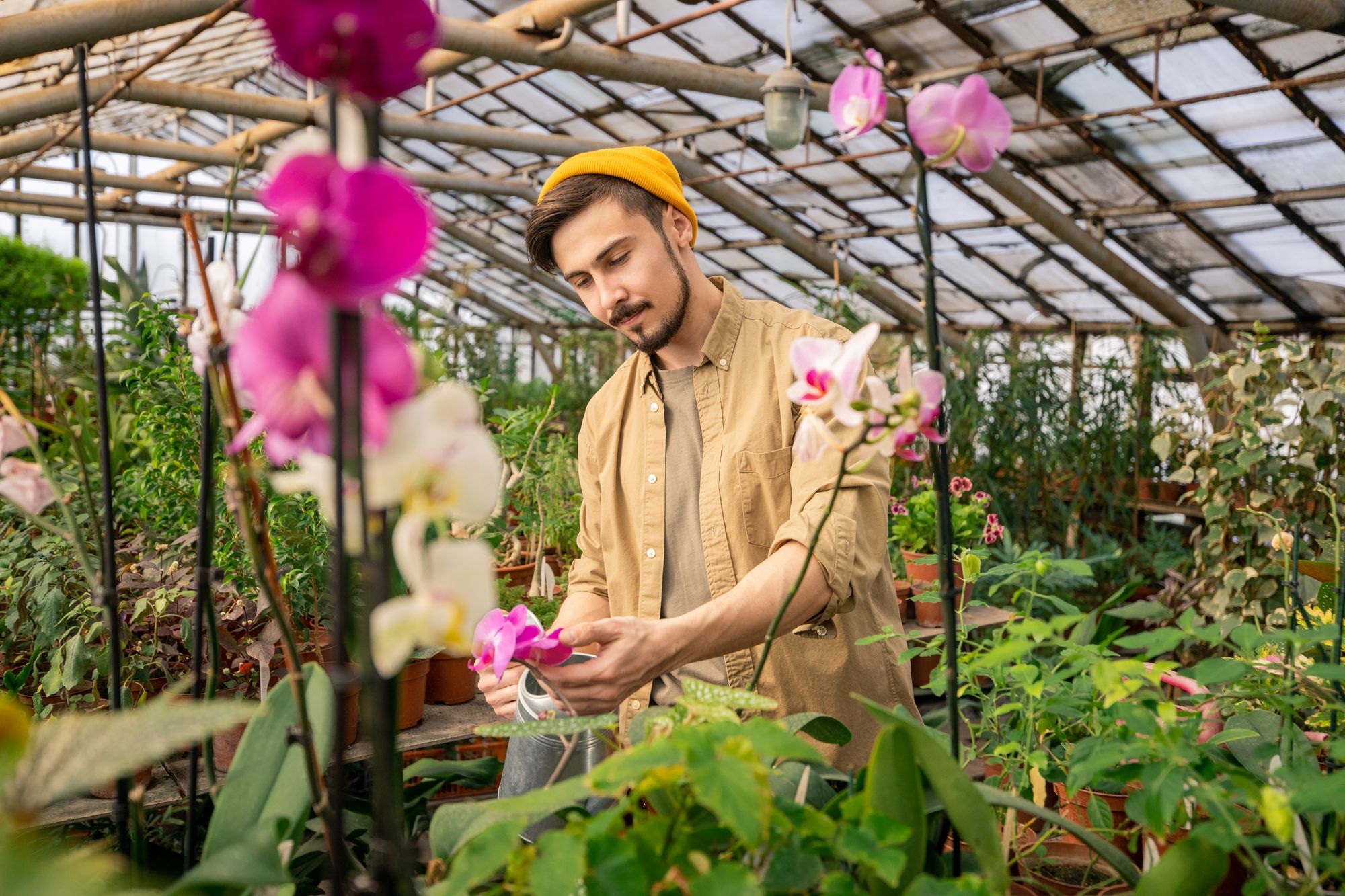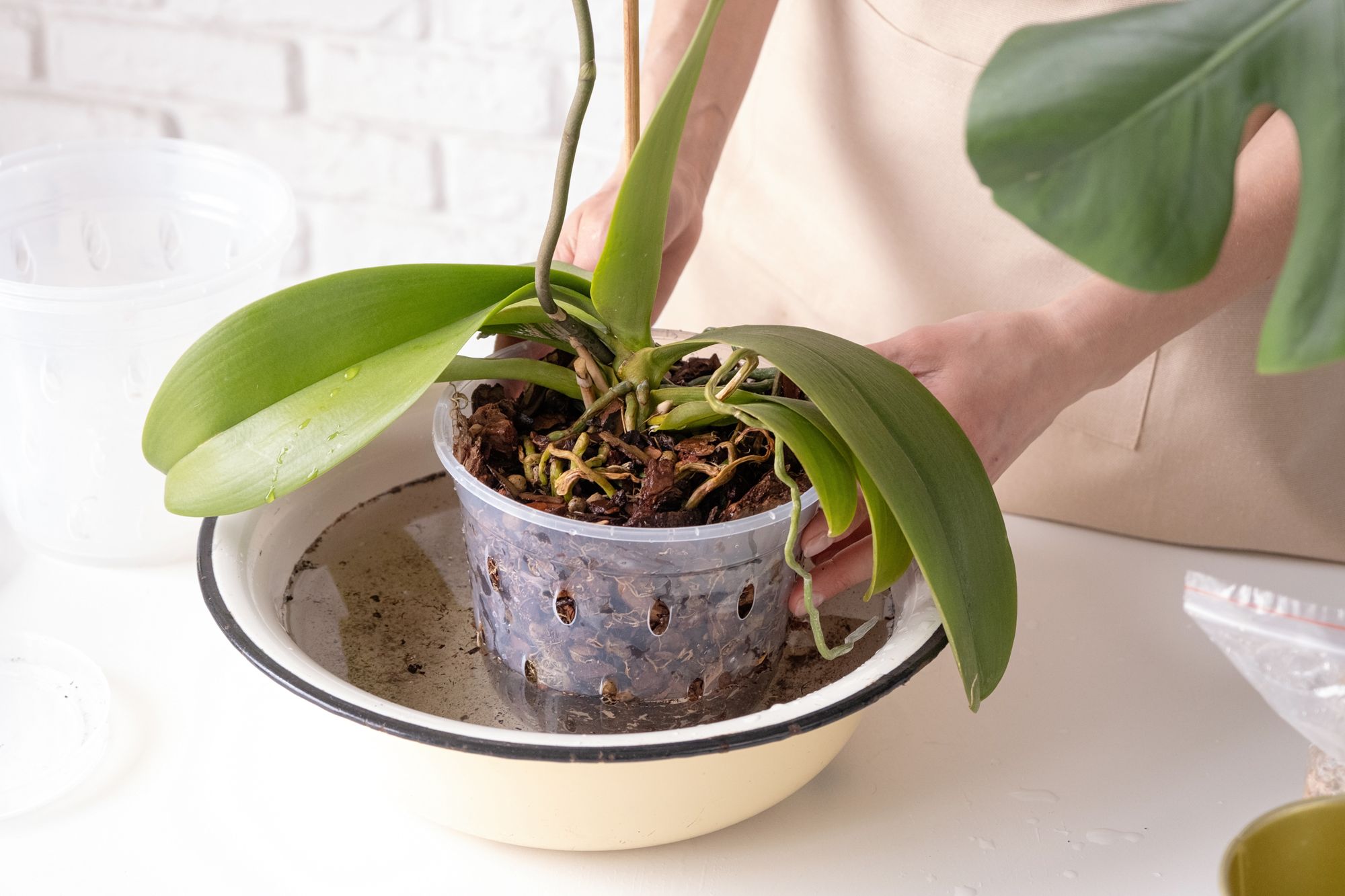What Are the Best Pots for Orchids?
Picking the right pot is crucial in ensuring your orchids' health and growth. With so many options on the market, finding the one that is best for your specific type of orchid can be overwhelming. Let's explore the various types of pots available and find out which ones are the best for orchids.

Picking the right pot is crucial in ensuring your orchids' health and growth. With so many options on the market, finding the one that is best for your specific type of orchid can be overwhelming. Let's explore the various types of pots available and find out which ones are the best for orchids.
One of the most popular pots for orchids is the clay pot. These pots are breathable and allow air to circulate around the roots, preventing them from waterlogging. Because clay pots are heavy, they provide stability for top-heavy orchids. Clay pots tend to dry out quickly, so frequent watering may be necessary.
Another option to consider is plastic pots. Plastic pots are lightweight and retain moisture well, making them an excellent choice for orchids that require more frequent watering. They also come in various sizes and shapes, making it easy to find the perfect fit for your orchid. The downside of a plastic pot is that it allows for less air circulation than a clay pot, which can lead to root rot if overwatered.
Understanding the Needs of an Orchid
As you may know, many orchids are epiphytes, meaning they grow on other plants rather than in soil. In their natural habitats, epiphytic orchids grow on trees, rocks, and other surfaces where they can absorb moisture and nutrients from the air and rain.
There are many different types of orchids, each with its unique characteristics and growing requirements. Some orchids prefer bright, direct sunlight, while others thrive in low-light conditions. Some orchids need frequent watering, while others prefer to dry out between waterings.

To successfully grow orchids, it is vital to understand the specific needs of the type of orchid you are growing. That includes understanding its light, water, and humidity requirements and its preferred growing medium and fertilization needs.
Why the Pot Is So Important
Choosing the right pot is crucial when it comes to growing orchids. The right pot will provide the orchid with the necessary support, proper drainage, and adequate space for root growth. Here are some reasons why choosing the right pot is essential:
Proper Drainage
Orchids need a well-draining potting mix to thrive. If the pot does not have proper drainage, the roots can become waterlogged, leading to root rot. A pot with drainage holes at the bottom is essential to allow excess water to escape and prevent water from accumulating at the bottom of the pot.
Adequate Space for Root Growth
Orchids have unique root systems that require adequate space to grow. The right pot size will allow the roots to spread out and grow freely. A pot that is too small can lead to cramped roots, which can stunt growth and cause the plant to become unhealthy.
Proper Support
Orchids can be top-heavy, especially when they are in bloom. The right pot will provide the necessary support to prevent the plant from toppling over. A pot with a wide base or a heavy material, such as clay, can provide the necessary stability to keep the plant upright.
So choosing the right pot is key to the health and growth of orchids. A pot with proper drainage, adequate space for root growth, and proper support can help ensure that the orchid thrives.
Material Considerations for Orchid Pots
The material of the pot can affect the plant's growth, health, and overall appearance. Here are some of the most common materials used for orchid pots:
Plastic Pots
Plastic pots are lightweight and durable, making them a popular option for orchid growers. They are also affordable and come in a variety of sizes and colors. As I mentioned earlier, plastic pots don't provide good aeration, which can lead to root rot. They also tend to break down over time and can release harmful chemicals into the soil.

Ceramic Pots
Ceramic pots are a classic choice for orchids. They are aesthetically pleasing and come in a variety of shapes and sizes. Ceramic pots are also porous, which allows for good aeration and drainage. The only downside is that ceramic pots can be heavy and break. They are also more expensive than plastic pots.
Wooden Pots
Wooden pots are a natural and eco-friendly option for orchids. They provide good drainage and aeration. They are also lightweight and come in a variety of shapes and sizes. However, wooden pots can be expensive and require more maintenance than other materials. They also tend to break down over time and can rot if not properly cared for.
Glass Pots
Glass pots are a unique and stylish option for orchids. They allow for maximum light exposure, which is important for orchid growth. They are also easy to clean and come in various shapes and sizes. Like plastic pots, glass pots don't provide good aeration or drainage, resulting in root rot. They are also fragile and can be quite expensive.
When choosing a pot for your orchid, consider the material and its benefits and drawbacks. Each material has its own unique qualities, so choose the one that best fits your needs and preferences.
Size and Shape of Orchid Pots
The size and shape of the pot is also something to take into account. Orchids have unique root systems that require proper air circulation and drainage. The size and shape of the pot can affect the health and growth of the orchid.
Size
The size of the pot should be appropriate for the size of the orchid. A pot that is too small can restrict the growth of the roots, while a pot that is too large can hold too much moisture and cause root rot. As a general rule, the pot should be large enough to accommodate the roots of the orchid.
Shape
The shape of the pot can also impact the growth of the orchid. Orchids with long, thin roots may benefit from a tall, narrow pot that allows the roots to grow downward. On the other hand, orchids with short, thick roots may do better in a wider, shallower pot that allows the roots to spread out.
Some orchids have pseudobulbs that store water and nutrients. These orchids may benefit from a pot with a wider base that can accommodate the pseudobulbs.
The size and shape of the pot should be chosen based on the specific needs of the orchid. By selecting the right pot, orchids can thrive and grow to their full potential.
Drainage Considerations
When you are about to pick a pot for your orchid, drainage is one of the most important considerations. Many orchids are epiphytic. They absorb water and nutrients from the air and rain. They don't like to sit in water, and their roots need to dry out between waterings to avoid rot.
Choose a pot with plenty of drainage holes. The pot should also have a layer of drainage material at the bottom, such as rocks or gravel, to allow excess water to flow out of the pot.
Another consideration is the potting mix. Orchids prefer a loose, well-draining mix that allows air to circulate around the roots. A mix that is too dense or holds too much water can lead to root rot and other problems.
When repotting orchids, choose a pot that is only slightly larger than the current pot. A pot that is too large can hold too much water and lead to overwatering.
Choosing a pot with good drainage is essential for the health and well-being of your orchids. By following these simple guidelines, you can help your plants thrive and flourish.
Popular Orchid Pot Brands
Mkono
Mkono is a popular orchid pot brand offering a wide range of products. Their pots are made of high-quality ceramic and come in various sizes and designs. Mkono orchid pots have smooth surfaces that prevent root damage and allow better air circulation. The pots also have drainage holes that prevent waterlogging and promote healthy plant growth.
Meshpot
As the name suggests, Meshpot specializes in mesh pots. Mesh pots are unique because they allow roots to grow through the pot and absorb nutrients from the air. Meshpot orchid pots are made of high-quality plastic and have a durable design that can withstand outdoor conditions. The pots also come in various sizes and colors that can match any decor.
Better-way
Better-way pots are made of high-quality plastic and come in various sizes and designs. Better-way orchid pots have a unique design that allows for better air circulation and prevents root damage. The pots also have a drainage system that prevents waterlogging and promotes healthy plant growth.
Sun Bulb
Sun Bulb pots are made of high-quality plastic and come in various sizes and designs. Sun Bulb orchid pots have a unique design that allows for better air circulation and prevents root damage. The pots also have a drainage system that prevents waterlogging and promotes healthy plant growth.
Choose the Right Pot for Your Orchids
Picking the right pot for your orchid is crucial for its growth and health. Don't make it too complex, though. Remember that your orchid needs a pot that provides good drainage, air circulation, and moisture retention. Combine that with a suitable size and preferably drainage holes, and you have yourself a winner.